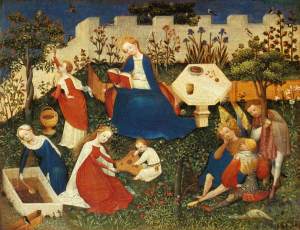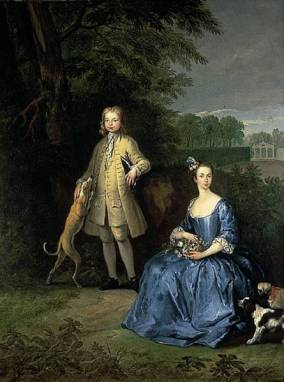Core texts: Manovich, Lev. (2002). Compositing. In: The Language of New Media. Cambridge MA: MIT Press. pp138-160.
New media uses a form of montage, of different images that are combined to create a new meaning. Here we see the digital age montage compositing in the the example of Barry Levinson’s ‘Wag the Dog’‘ where blue screens are used in the scene.
The footage can be manipulated in real time. The elements are separated and the actress is the only ‘live’ element left. Her background, the props, music, and scenery and constructed in what is called “digital compositing”. The different aspects are completely modular, they had an individual Identity but can combine in many different ways to achieve a different meaning.



